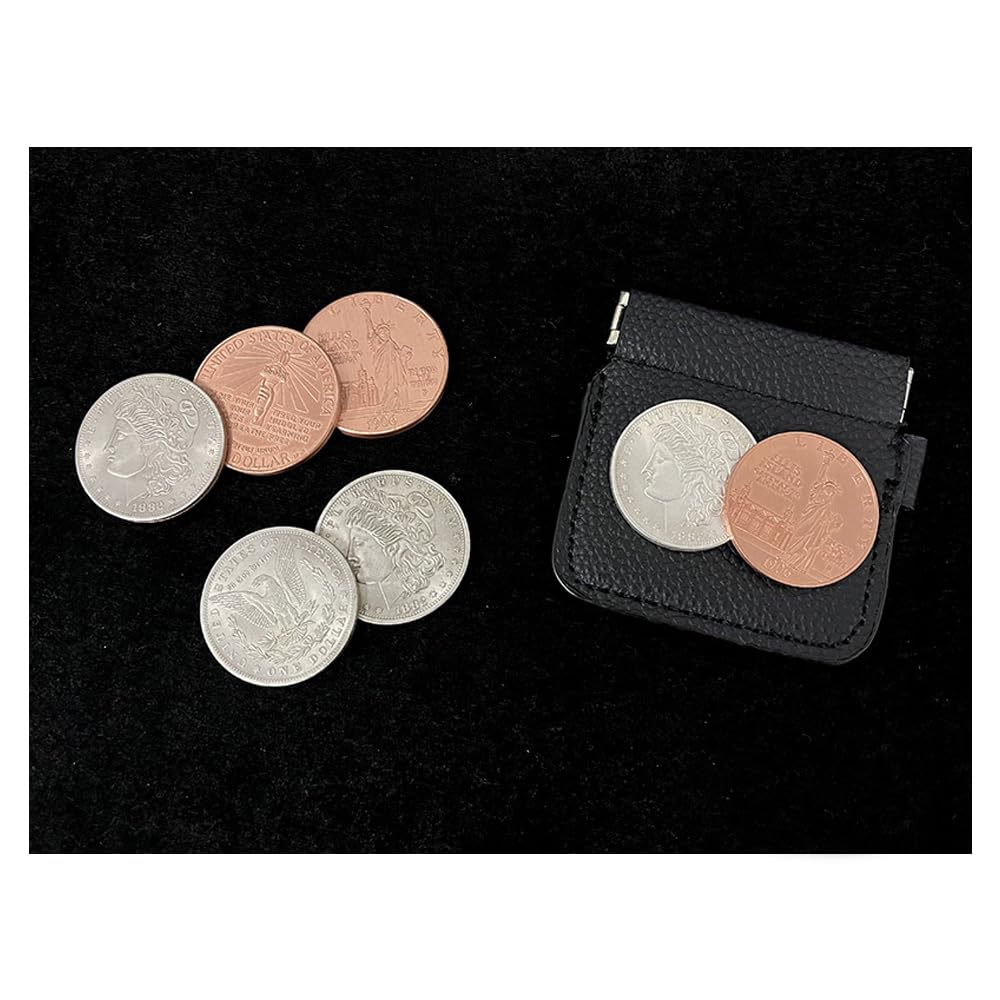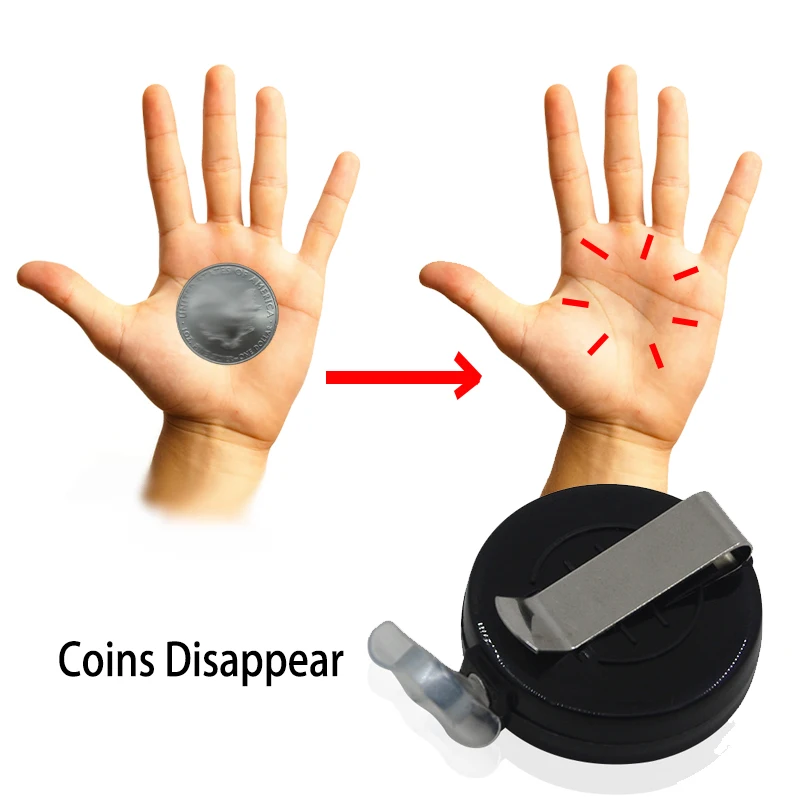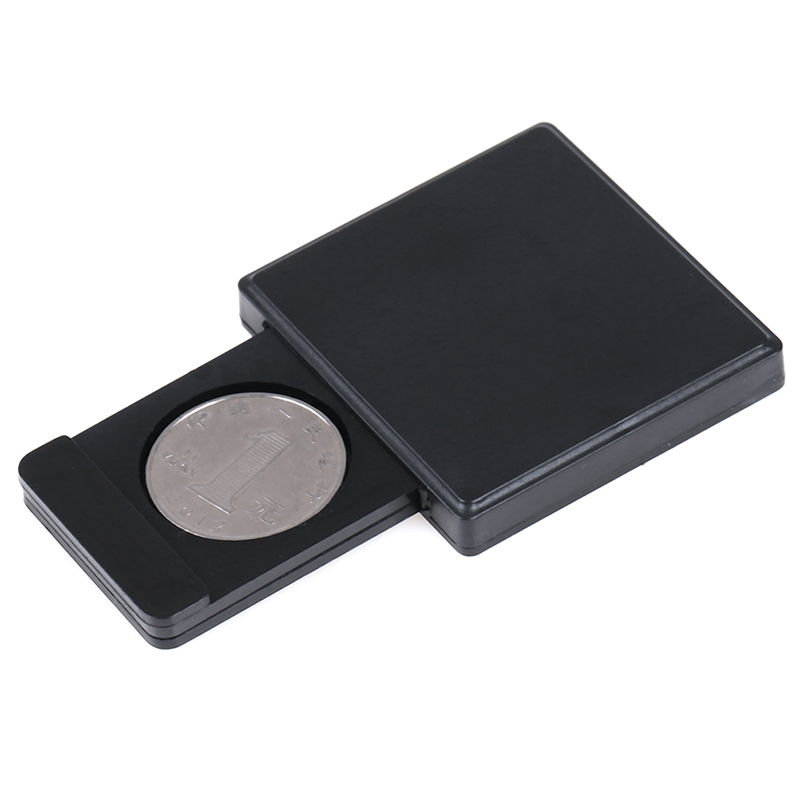Magic tricks have fascinated audiences for centuries. One captivating trick is the “Shadow Coin Magic Trick.” This trick requires skill, practice, and a bit of showmanship. It leaves viewers spellbound, believing they just witnessed sorcery. Understanding this trick is essential for both aspiring magicians and curious spectators. Let’s break down its components, execution, and psychological elements.
The History of Shadow Coin Magic Trick
Magic is a long-standing practice, rich with history and culture. The ancient Egyptians, known for their love of illusions, already practiced basic magic tricks some 4,000 years ago. Coins have played a critical role in magic throughout history, with magicians always fascinated by their portable and deceptive nature.
Early Magic Tricks Involving Coins
Early coin tricks focused on sleight of hand and misdirection. Ancient magicians often amazed their audiences with tricks involving simple objects, such as stones or coins. These tricks demanded great manual dexterity, as there were no fancy gadgets or hidden compartments. Instead, performers relied on techniques passed down through generations. Magicians guarded their secrets closely, sharing them only with trusted apprentices.
The Evolution of the Shadow Coin Trick
The shadow coin trick has evolved from these early coin tricks. Initially, it was a simple vanishing act. A coin would disappear under a shadow, leaving audiences bewildered. Over time, magicians enhanced the trick by adding more sophisticated methods, creating a more intricate and polished performance. Today’s shadow coin magic trick incorporates both traditional sleight of hand and modern techniques, offering an impressive show that marries history with innovation.

Understanding the Basics
Before diving into the mechanics, it’s essential to understand the foundation of this trick. The shadow coin trick relies heavily on misdirection and precise execution. Both aspects are crucial for the illusion’s success.
Key Elements of the Trick
The shadow coin trick has several vital components. First, the coin itself must be visible and tactile. Its choice is critical; it should be shiny and noticeable. The illusion begins with setting up the trick. Typically, it involves placing the coin beneath a light, casting a shadow over it. This shadow plays a crucial role in the trick.
Next, the magician uses sleight-of-hand techniques to manipulate the audience’s attention. Misdirection is vital here. By focusing spectator’s attention on one aspect while performing the sleight of hand, the magician can execute the trick smoothly. The magician’s movements must be fluid and natural. Any hesitations or jerky motions can give away the trick, ruining the illusion.
The Psychological Aspect
The psychological element is also critical. Magic tricks often play on the audience’s expectations and perceptions. Magicians must understand human psychology to influence how spectators perceive their actions. By exploiting cognitive biases and visual illusions, magicians can create a surreal experience. Patience and practice are key to mastering these techniques, as novice magicians may find manipulating human perception challenging.
The Detailed Mechanics
Now, let’s delve into the step-by-step process. This section outlines the trick’s execution and provides tips for flawless performance. Various subtleties can significantly enhance or diminish the trick’s impact.
Setting Up the Trick
Setup is essential for a successful trick. Start by selecting a high-quality coin. A shiny, medium-sized coin works best. Next, find a suitable light source. Overhead lighting works well, but make sure it casts a clear shadow. Place the coin on a flat surface beneath the light. The shadow must be distinct and centrally located.
Practicing Sleight of Hand
Practice is indispensable. Begin by rehearsing the fundamental sleight-of-hand move. This move involves palming the coin without the audience noticing. Start slowly, ensuring each movement is smooth and unnoticeable. Gradually increase your speed while maintaining fluidity. Consistent practice builds muscle memory, essential for flawless execution. Place the coin in your palm, simulating moving it under the shadow. Using your fingers, make small adjustments to prevent unnatural hand positions.

Performance Techniques
Execution is key. Here we cover the nuances of performing the shadow coin trick. Timing, presentation, and interaction with the audience play crucial roles.
Engaging the Audience
Audience engagement is vital. Begin by establishing rapport. Address them with confidence and charisma. Set the stage by explaining the trick’s premise. Use narrative to create suspense and intrigue. For example, tell a story about ancient magicians and shadow tricks. This sets the tone and builds anticipation.
Executing the Trick
Perform the trick with precision. Move smoothly, guiding the audience’s gaze. Pretend to place the coin beneath the shadow while palming it discreetly. Misdirection is key here. Use gestures or verbal cues to divert attention. Once the coin is hidden, reveal the empty spot under the shadow. The audience, expecting to see the coin, will be amazed at its disappearance.
Variations and Enhancements
Exploring different versions of the shadow coin trick can enhance your performance. These variations range from simple adjustments to more elaborate setups. Trying new methods keeps your act fresh and exciting.
Classic Variation
The classic variation involves repeating the basic trick with minimal adjustments. Perform the trick multiple times in a row, varying the coin’s position. This repetition heightens the illusion. The audience, watching closely, becomes more bewildered as the coin repeatedly vanishes. Timing these repetitions perfectly makes the performance even more mesmerizing.
Advanced Techniques
Advanced variations incorporate additional elements. For example, use multiple coins. Perform the shadow trick on one coin while making another coin vanish simultaneously. This double trick creates a more complex and impressive illusion. Transition smoothly between coins, ensuring the audience remains captivated. Another advanced technique involves using a mirror. Position the mirror so it reflects the shadow, creating confusing reflections. Such techniques add layers of complexity and intrigue.

Tips for Mastering the Trick
Becoming proficient requires dedication and relentless practice. Below, find essential tips to refine your skills and enhance your performance.
Consistent Practice
Practice diligently. Consistent repetition develops muscle memory. Practice in front of a mirror to fine-tune movements. Record your practice sessions to spot flaws and improve. Perform for friends or family to gain feedback. Constructive criticism helps you identify areas needing improvement.
Patience and Perseverance
Patience is paramount. Mastering the shadow coin trick isn’t instantaneous. Expect setbacks and mistakes. Learn from them rather than getting discouraged. Over time, your skills will improve, and the trick will become second nature. Enjoy the process of continual learning and growth.
The Role of Performance
Magic is more than the trick itself. Performance is a significant part. A charismatic presentation elevates the trick, making it memorable. It requires emotional engagement with the audience.
Building Suspense
Building suspense is crucial. Use storytelling and dramatic pauses to heighten tension. Relate a mysterious tale or historical anecdote before executing the trick. Captivate the audience’s imagination, making them more invested. This emotional buildup makes the final reveal more impactful.
Expressive Movements
Incorporate expressive movements. Gestures, facial expressions, and body language enhance the performance. Appear confident and composed. Shaky hands or nervous tics can clue the audience into the trick. Use your body to create a visual narrative, guiding their focus and building anticipation.
Understanding Audience Psychology
Grasping audience psychology enhances trick execution. Knowing how people think enables better manipulation of attention and perception. This understanding creates a more compelling illusion.
Cognitive Biases
Exploit cognitive biases. People tend to follow where others look or point. Use these biases to your advantage. Look or point away from where the actual trick is happening. This misdirection shifts their focus, making the illusion more convincing.
Visual Perception
Utilize principles of visual perception. The human eye can only focus on one thing at a time. Utilize depth perception tricks and field of vision limitations. By ensuring their focus stays where you want it, you strengthen the illusion’s effect.
Conclusion
The shadow coin magic trick is mesmerizing, blending skill, psychology, and showmanship. Understanding its history and mechanics enhances appreciation, whether you’re a performer or spectator. Extensive practice and patience are crucial for mastering this trick. Performance, audience engagement, and psychological manipulation elevate the illusion. Embrace these principles to deliver a captivating and unforgettable show. Happy magic making!